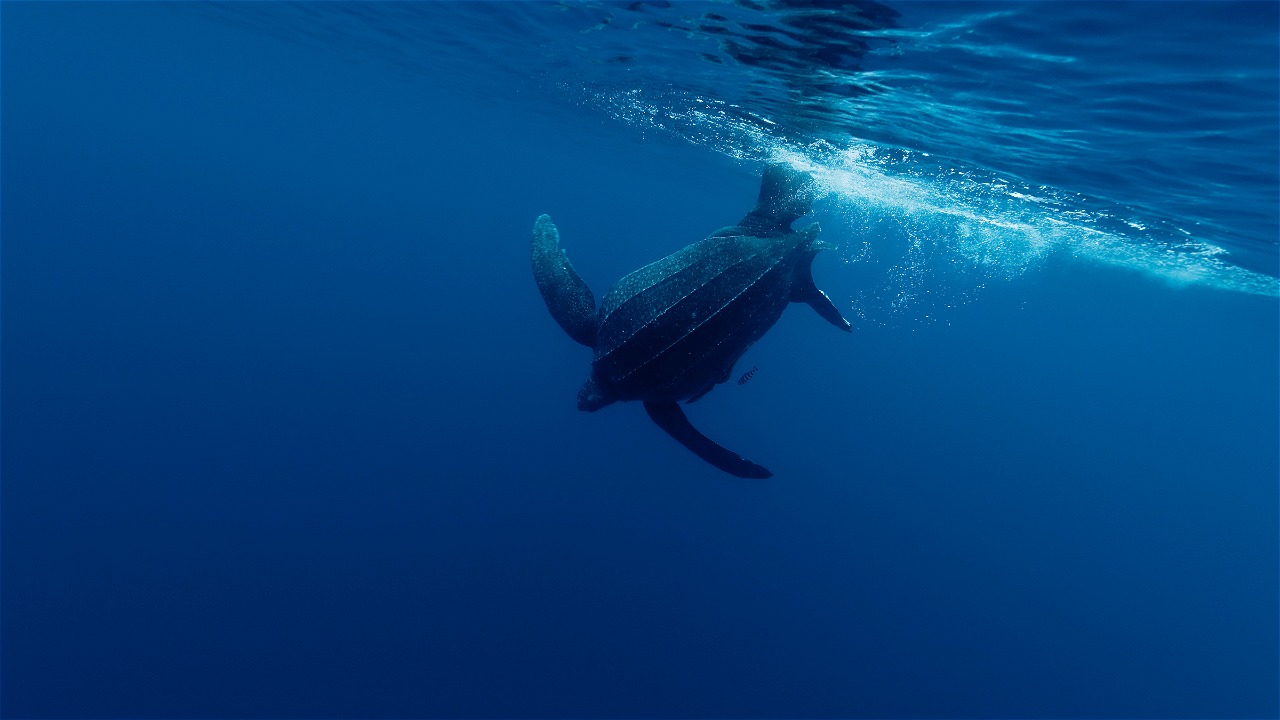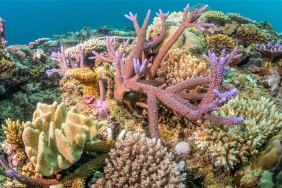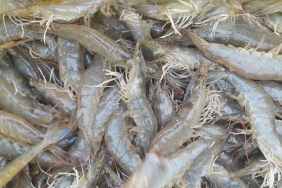KEI'S MARINE TOURISM POTENTIAL CAPTURES THE ATTENTION OF INDONESIAN SEA LOVERS
By: Faridz Rizal Fachri (Fisheries Business Officer WWF-Indonesia)and Veronica Louhenapessy (Responsible Marine Tourism Officer WWF-Indonesia).
The Kei Kecil Islands are starting to become the new prima donna of marine tourism destinations in Eastern Indonesia. Not only has tourist arrivals increased, in early December 2015, the tourism program "My Trip My Adventure" (MTMA) highlighted tourism in Kei in two episodes. What is more special, this program is in collaboration with the community-based tourism group Ohoidertawun Evav Tour, assisted by WWF-Indonesia.
According to the MTMA team, the Kei islands in Southeast Maluku Regency were chosen as the location of the coverage because of their unique, beautiful, interesting, and little-known natural resource potential. They hope that the broadcast will increase the number of tourist visits to the Kei Islands. It is undeniable that the success of marine tourism programs in this digital era cannot be separated from the role of the media. High-rated programs such as MTMA are an effective means of introducing Kei tourist destinations to viewers throughout Indonesia.
The coverage process carried out on November 17-21, 2015 focused on several potential locations in the West Kei Kecil and West Kei Besar areas, such as Ngurtavur Beach, which is characterized by the presence of Pelicans who are looking for warm temperatures after migrating from Australia; Ngur Sarnadan Beach in Ohoi Ohoililir, which is famous for its fine white sand; pre-historic paintings found on the cliffs of Ohoidertawun Beach; Masbait Hill as the best location to see the sunrise; Ohoi Evu in Hoat Sorbay sub-district, which is known as a mangrove crab fishing village and is a WWF-Indonesia assisted group related to the Fisheries Improvement Project (FIP); Ohoi Ad Waterfall, Kei Besar; and diving on the west side of the core zone waters of the "Coastal and Small Islands Conservation Area, Small Kei Island, Islands, and Surrounding Waters, in Southeast Maluku Regency", or formerly known as the Small Kei Island Park (TPK). During the dive, the team found some interesting biota, including the Blacktip Reef Shark (Carcharhinus melanopterus), Blacktip Shark (Carcharhinus limbatus), Big Grouper (Epinephelus lanceolatus), and even met the Olive Sea Snake (Aipysurus laevis).
It is undeniable that this archipelago has a very high underwater natural wealth and is interesting to be explored by tourists. The potential offered by the tourism sector is also very large for regional income. However, if not developed responsibly, tourism can pose a threat. Currently, Kei's natural wealth, especially in the small islands, is vulnerable to the threat of destruction due to irresponsible tourism practices. Tourism that only targets large capital owners will also exclude local communities. Do not let nature be damaged because of tourism and local people do not enjoy the benefits.
To anticipate this threat, WWF-Indonesia develops responsible marine tourism programs and mentoring for community-based tourism groups. Ohoidertawun Evav Tour, which accompanies the MTMA team, is a group that has begun to attract tourists and media to Kei. For the Ohoidertawun Evav Tour group, this coverage process has further raised their name in the eyes of the local government and tourism actors in Kei.
As a responsible tourism operator, Evav Tour emphasizes to tourists to keep their waste during the trip and only dispose of it in the trash. To reduce Styrofoam and plastic waste from food brought to tourist attractions, Evav Tour provides meal boxes and water bottles. Not only that, Evav Tour also reminds tourists not to step on corals, touch and carry marine life while doing activities at sea. Evav Tour, with its responsible practice as a guide in the media coverage, is expected to motivate other tourism actors to practice the same thing.
Collaboration between the media, local government, and WWF-Indonesia with local communities in developing marine tourism is needed as a form of synergy between institutions towards responsible marine tourism in Southeast Maluku Regency. Mainstreaming conservation values in tourism activities is developed by involving more local communities, such as the Penyu Lestari seaweed farming group on Nai Island. This WWF-Indonesia-assisted group is concerned with protecting sea turtle nests. In the future, the turtle nest adoption program that will be offered to tourists is expected to become a special attraction and be able to contribute to conservation efforts in Southeast Maluku Regency.





